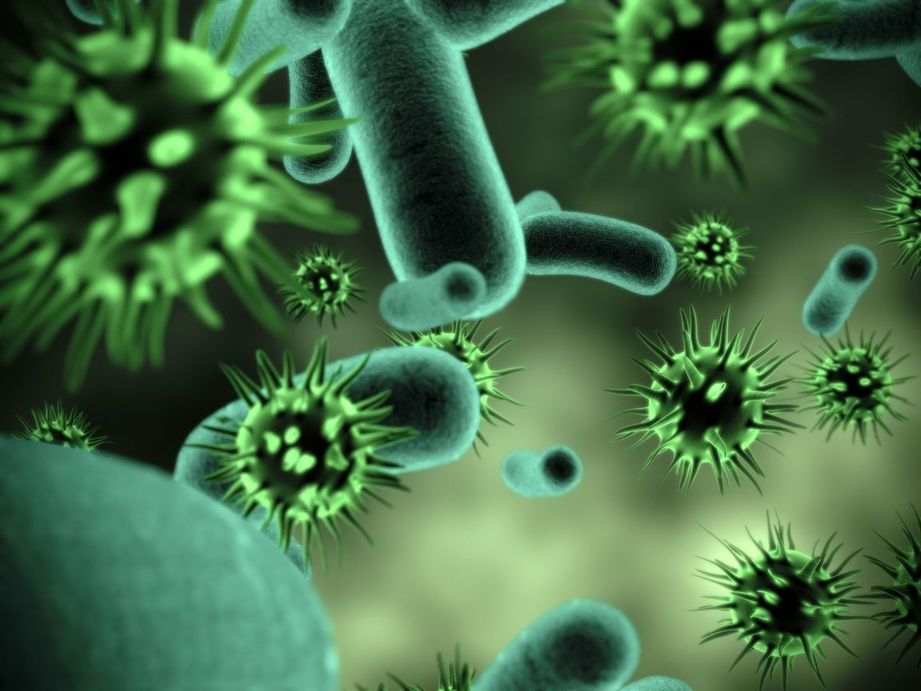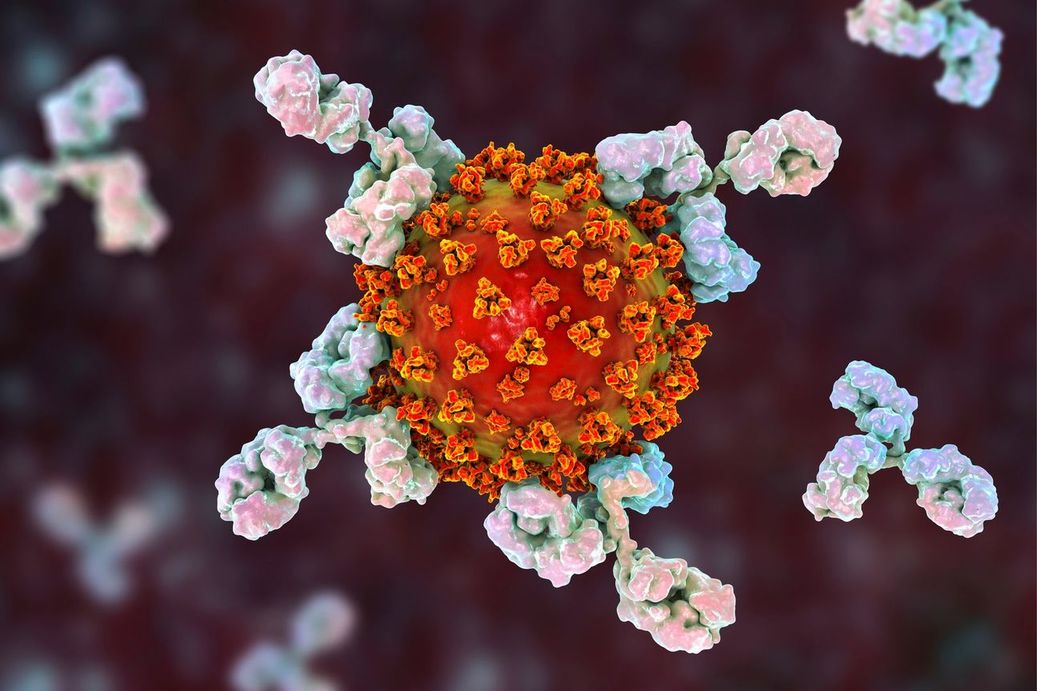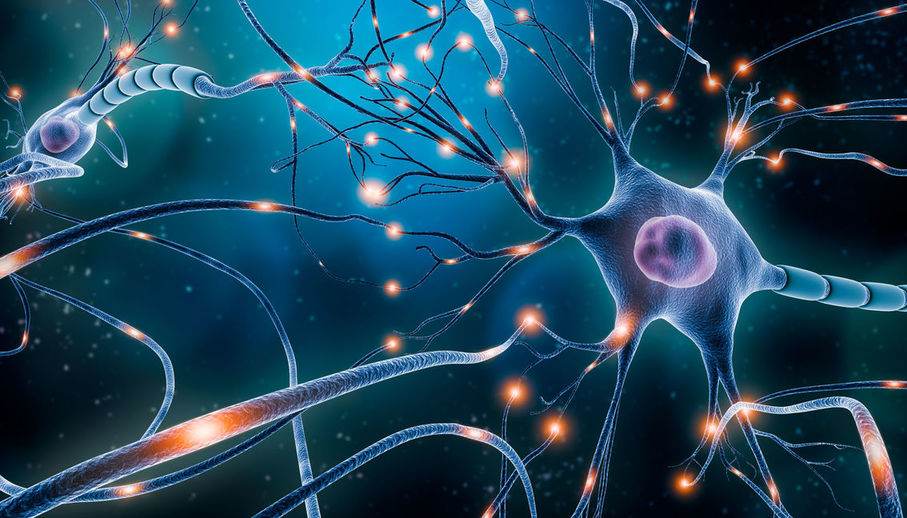De Novo Glycan-related Drug Design Service
De Novo Glycan-related Drug Design That Exceeding Your Expectations
De novo design is a special method for the generation of glycan-related small-molecule drugs. It does not rely on common compound libraries and accomplishes the design and construction of glycan-related drug molecules from scratch. Based on computer-aided systems, CD BioGlyco provides advanced de novo glycan-related drug design services to clients. Novel drug design plays an important role in medicinal chemistry and Drug Discovery. It helps in the discovery of specialized chemical backbones that can be used to expand drug diversity.
- Our lab uses Deep Learning Models to learn the potential distribution of glycan-related drug molecules and build new molecules by sampling or optimization. Our specialized computer team guides the synthesis of glycan-related drug molecules with the help of reinforcement learning and evolutionary algorithms. We offer three different de novo design services including atom-based, fragment-based, and reaction-based de novo design services.
- Atom-based de novo design: Our researchers construct new glycan-related drug molecules by adding atoms and bonds step by step.
- Fragment-based de novo design: New glycan-related drug molecules are constructed by splicing pre-defined chemical fragments.
- Reaction-based de novo design: We construct new glycan-related drug molecules by simulating chemical reactions.
- Based on different models, we provide active site analysis services of target glycan-related drugs such as the distribution of functional residues, potential fields, and binding site information of atoms or other fragments. Moreover, our services involve the development of de novo glycan-related drug molecules through the construction of various ligands.
- Depending on the needs of our clients, we offer different binding strategies to place the constructed molecules into the active site. In conjunction with biochemical or biophysical analysis, our researchers perform small fragment screening to validate the binding. Moreover, we provide binding energy analysis of new molecules with receptor molecules, activity prediction service, molecular dynamics simulation analysis, and binding stability analysis.

Publication
Technology: Deep learning, Molecular docking, Molecular screening, Molecular dynamics simulations
Journal: International Journal of Molecular Sciences
Published: 2023
IF: 6.208
Results: In this study, researchers combined molecular modeling tools and deep generative neural networks to construct two deep learning models. They can be used to design potential ligands for severe acute respiratory syndrome coronavirus 2 (SARS-CoV-2) main protease (Mpro). The researchers used the models to design 95,775 unique chemical structures and underwent molecular docking and molecular dynamics screening to identify the best-matched inhibitors. Computational data screened a total of seven compounds with high affinity for Mpro. These seven compounds had consistently low values for binding free energy, RMSD, and RMSF. Overall, the combination of these models and network structures is a good tool for the de novo design of potential drug candidates for coronavirus disease 2019 (COVID-19).
 Fig.1 Train and validation losses for autoencoder model. (Andrianov, et al., 2023)
Fig.1 Train and validation losses for autoencoder model. (Andrianov, et al., 2023)
Applications of De Novo Glycan-related Drug Design
- De novo glycan-related drug design can be used to generate novel drug molecules with desired biological activity and pharmacokinetic properties.
- De novo glycan-related drug design can be generated for use in the formation of new lead compounds with desired biological and chemical properties.
- De novo glycan-related drug design plays a driving role in glycan-related drug-ligand recognition.
Advantages of Us
- The de novo design we offer combines artificial intelligence and molecular modeling in a way that is conducive to avoiding false-positive results.
- Our reliable computer-aided team responds quickly to every client's need and guarantees on-time delivery.
- Our lab provides not only model construction and design services but also validation analysis to ensure optimal data delivery.
Frequently Asked Questions
- What are the commonly used molecular de novo generation models?
- The commonly used generative models include recurrent neural networks, deep neural networks (DNNs), autoencoder, ligand neural networks (L-Net), generative adversarial networks, conditional graph generation models, and hybrid models combining deep generative models.
- What is the difference between de novo design and high-throughput virtual screening of glycan-related drugs?
- Although both de novo design and virtual screening are aimed at obtaining compliant molecules the exact process is different. Virtual screening is the pre-screening of compound molecules on a computer based on pre-set conditions to identify the molecules most likely to bind to the target. De novo design is to generate novel molecular structures with desired pharmacological and physicochemical properties.
Relying on artificial intelligence, CD BioGlyco continues to accelerate the development of our clients' programs in drug discovery. We are committed to being the best partner for our clients in de novo glycan-related drug design. Please feel free to contact us.
References
- Mandal, S.P.; et al. Novel glitazones as PPARγ agonists: molecular design, synthesis, glucose uptake activity and 3D QSAR studies. Chemistry Central Journal. 2018, 12: 1-21.
- Andrianov, A.M.; et al. AI-driven de novo design and molecular modeling for discovery of small-molecule compounds as potential drug candidates targeting SARS-CoV-2 main protease. International Journal of Molecular Sciences. 2023, 24(9): 8083.
For research use only. Not intended for any diagnostic use.
Quick Links
Related Services



 Fig.1 Train and validation losses for autoencoder model. (Andrianov, et al., 2023)
Fig.1 Train and validation losses for autoencoder model. (Andrianov, et al., 2023)


